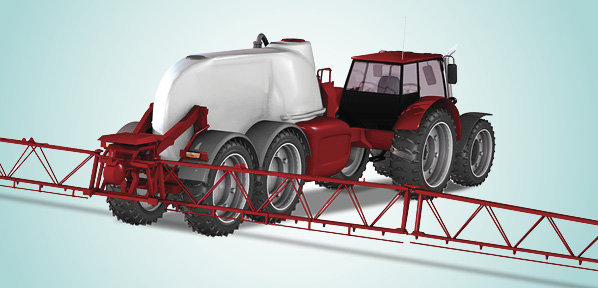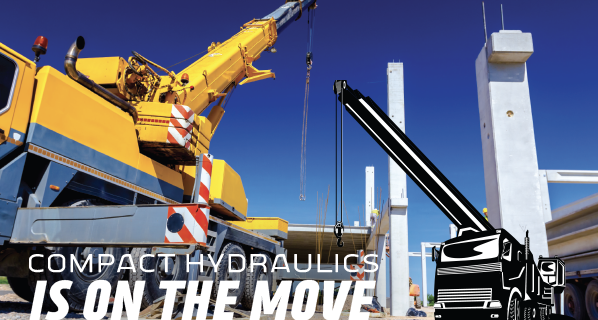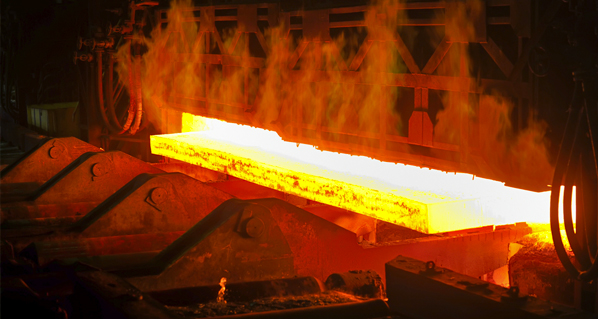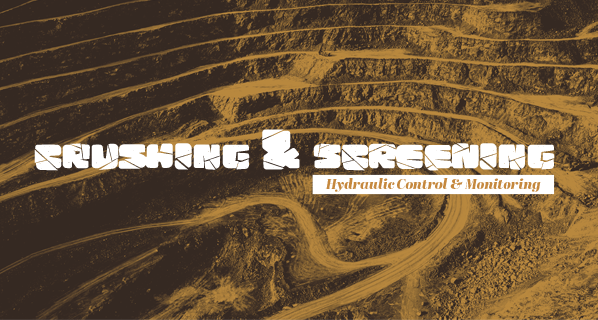Speaking of Hydraulics

At the end of the day, it’s all about uptime. Whether you manage a fleet of over-the-road freight haulers, maintain an armada of mining equipment, or harvest a few hundred acres of corn, every minute of downtime is money leaving your pocket.
When thinking about thorough filtration in regard to equipment uptime, the mind immediately jumps to the engine. Filtration of the engine oil, fuel, and air is a routine part of maintenance, and understandably so. If one of those filters clogs or, even worse, allows contamination of the system, work can come to a sudden halt.
But hydraulic filtration is also important to the bottom line. If a hydraulic component fails due to sudden fluid contamination or long-term wear and tear, it might not be so simple to replace, especially for heavier equipment.
With good filtration, it’s not unheard of to get up to 7,000 hours of operation from some of today’s advanced hydraulic fluids. With this long-term reliability, it can be easy to filter and forget because even contaminated oil won’t often result in a catastrophic event that takes a system offline.
Many vehicles don’t have warning lights or signals that tell the operator when a hydraulic filter has gone into bypass, let alone if there’s some other problem with the fluid or system. Because hydraulic fluid breakdown generally doesn’t result in a sudden stoppage of equipment, fleet managers often rely on the manufacturer’s recommended hours of operation or regular maintenance intervals.
So how would you even know if contaminated fluid was slowly causing wear and tear within a hydraulic system? If a filter plugged and entered bypass mode, how would you know the fluid was unprotected unless you checked it during a regular maintenance interval? What if viscosity broke down for an unknown reason?
In short, if there’s a problem with hydraulic fluid, by the time you discover it through regular checks, it might be too late.
‘Talking’ fluid
Donaldson’s Filter Minder Connect monitoring solution allows hydraulic filters and fluid to “talk” to the operator. This cloud-based technology puts operators in constant contact with oils and filters, and now that it extends to hydraulics, we’re seeing benefits beyond simply knowing when to change the filter.
For example, in the past it was important to avoid waiting too long to change the oil or filters. No one wants a plugged filter entering bypass mode or fluid breaking down and doing more damage than good. But by constantly monitoring the fluid condition and filter status, operators can also avoid changing them too early. Downtime is downtime, and eliminating a service interval through real-time understanding of a hydraulic system minimizes downtime and maximizes uptime.
As profit margins grow thinner, it becomes more important to get the most out of every component.
While telematics tech like Filter Minder Connect offer important information on vital engine and hydraulic systems on a vehicle, that data can be overwhelming to an operator or fleet manager who may not know what it means. While a fleet manager might be too busy to know what a sudden drop in filter pressure might mean for the immediate future, cloud-based information can tell the manager, “You’re approaching a service event,” or even, “It’s time to coordinate a filter replacement.”
Real-time answers to questions about a fluid’s quality or its age can help operators make informed decisions about the best time to perform maintenance. Raw data doesn’t matter unless you can interpret what it means for the equipment.
Even with the telematics advances, hydraulic fluid and filter maintenance still often boils down to the tried-and-true measurements of time and distance. The book says it’s time to change my fluid, so I’m going to do it. And since I’m doing that, I might as well change the filter, right? It just makes good sense to kill those two birds at once.
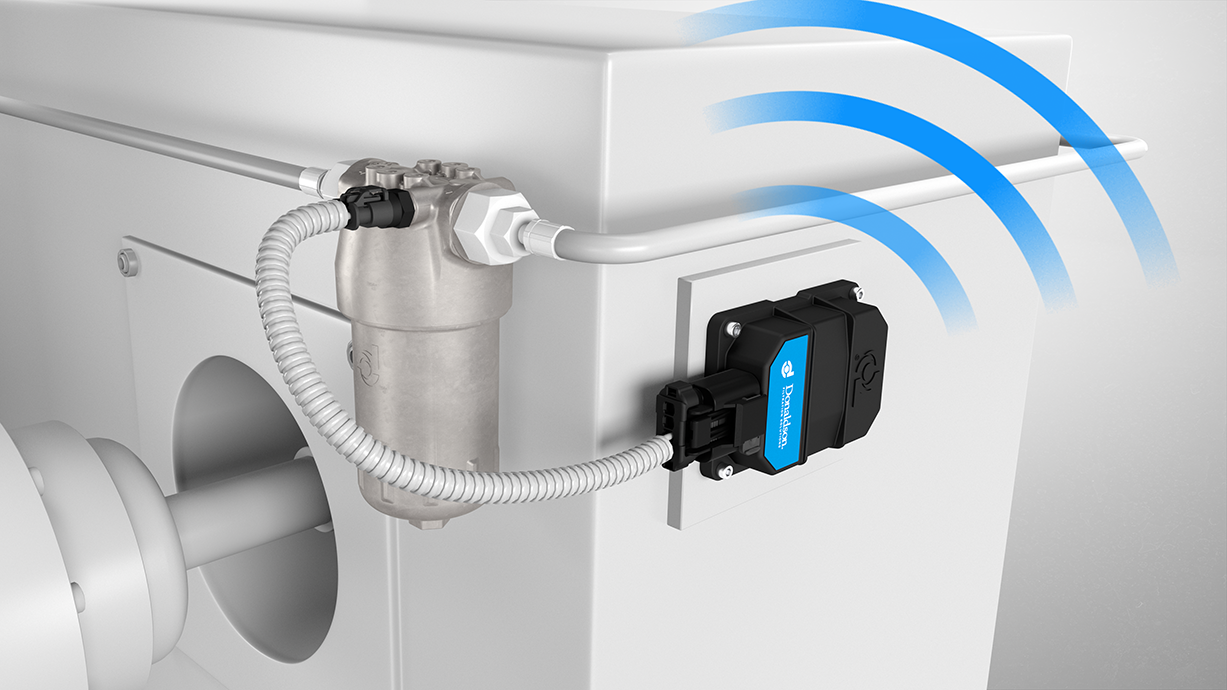
Saving on costs
But hydraulic fluid isn’t cheap, and there can be hundreds of gallons in a single reservoir. What if 75% of the fluid’s life is left? Not changing it saves costs, manpower, and equipment downtime. The converse is also true: being told by the equipment that there’s something wrong with the filter or fluid can save thousands of dollars down the road.
The traditional process to analyze hydraulic oil can take weeks. Technology like Filter Minder Connect dramatically eliminates that with data generation that simply tells the operator it’s time to change the oil.
These advances in telematics technology have one ultimate goal: less downtime. Downtime costs money to fix problems that could have been foreseen. We now have technology that collects integrated data from critical onboard systems – engine air intake, fuel, oil, and hydraulics – into a single fleet-management platform. But the data also helps lower the costs of owning and operating equipment.
And that’s the bottom line.


